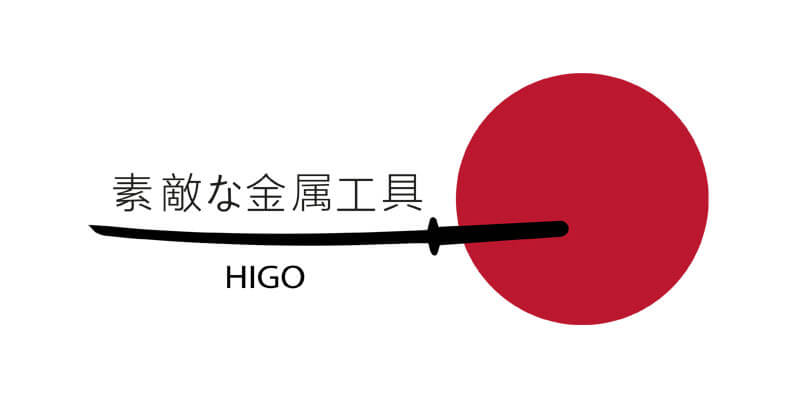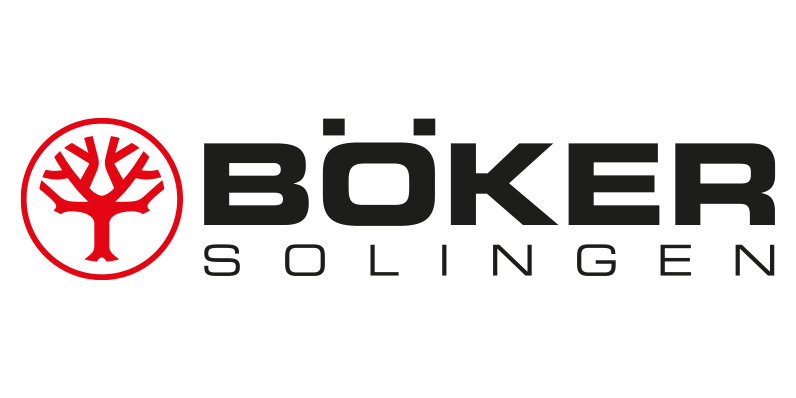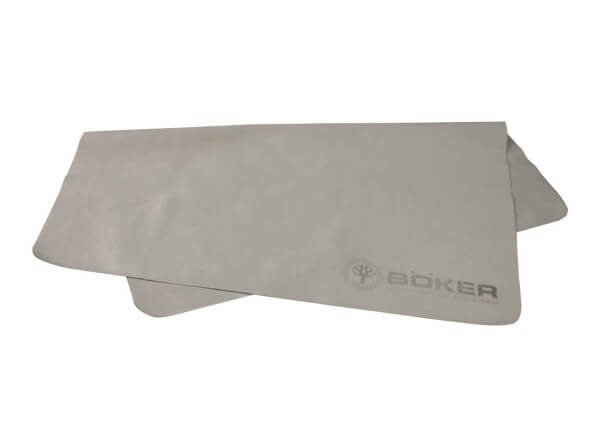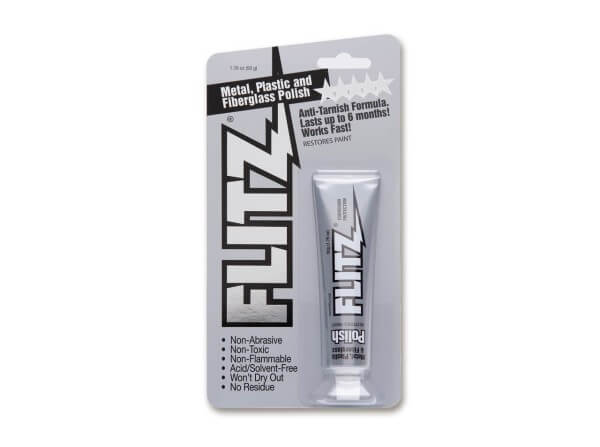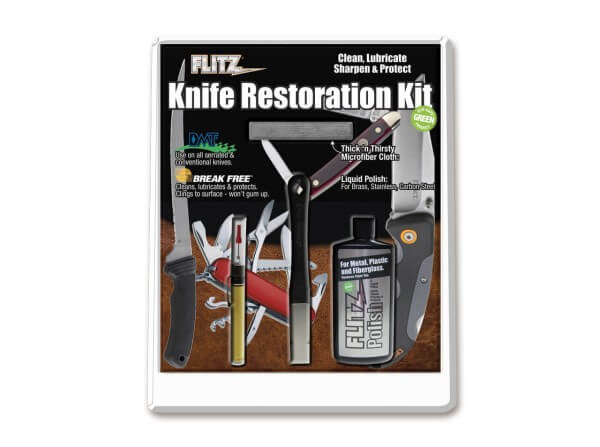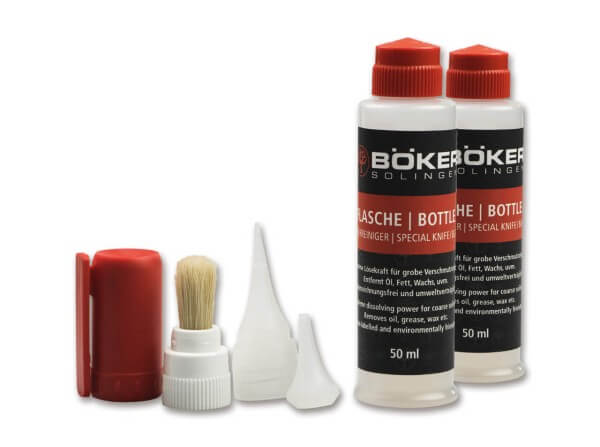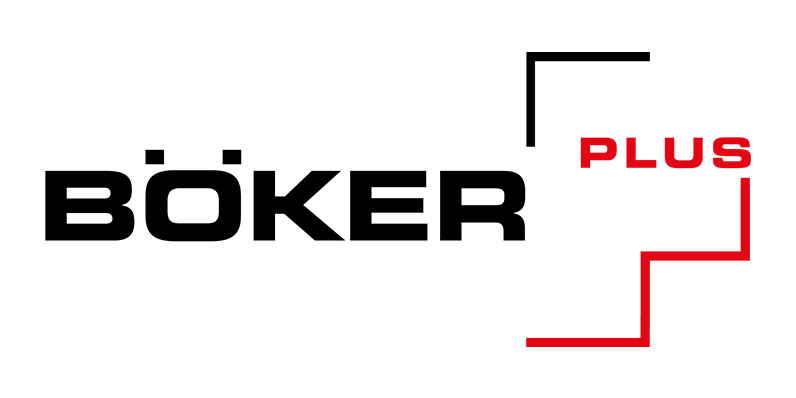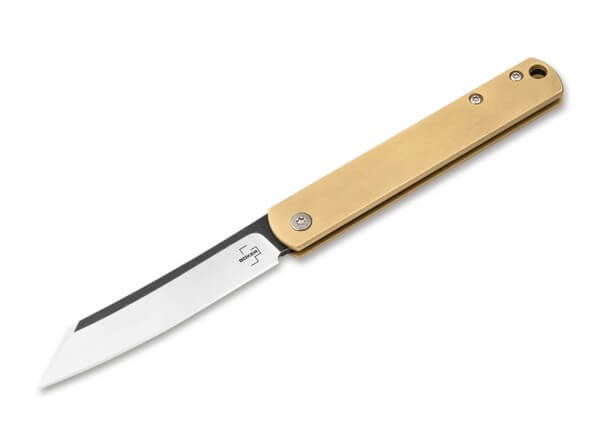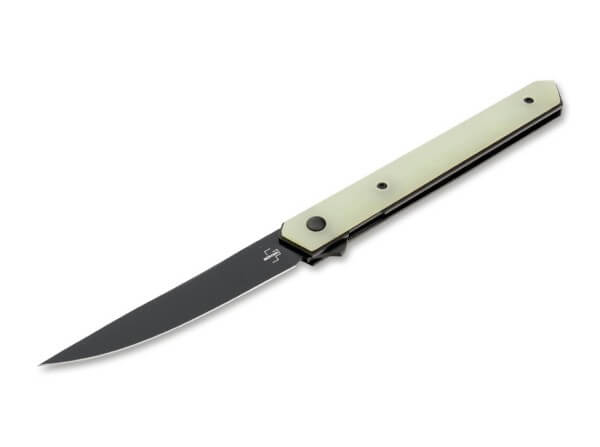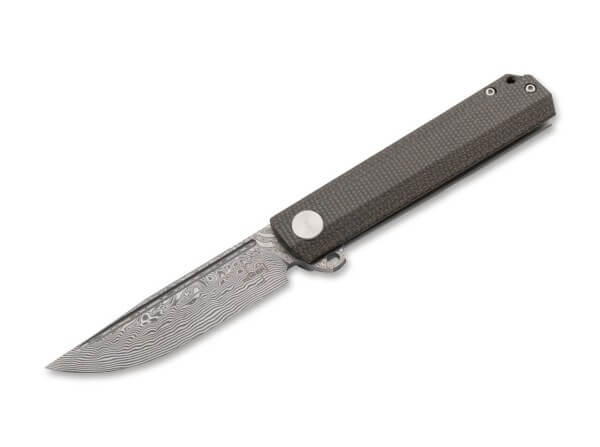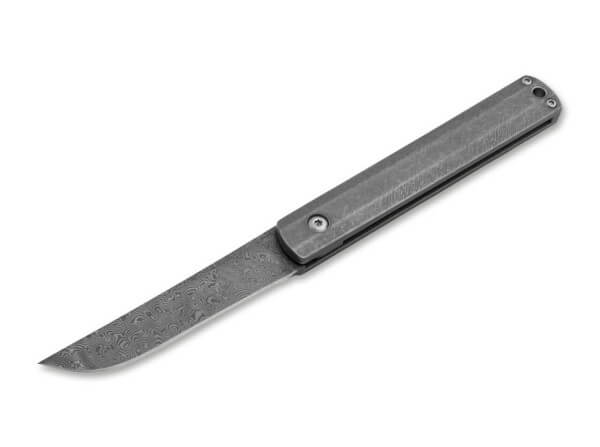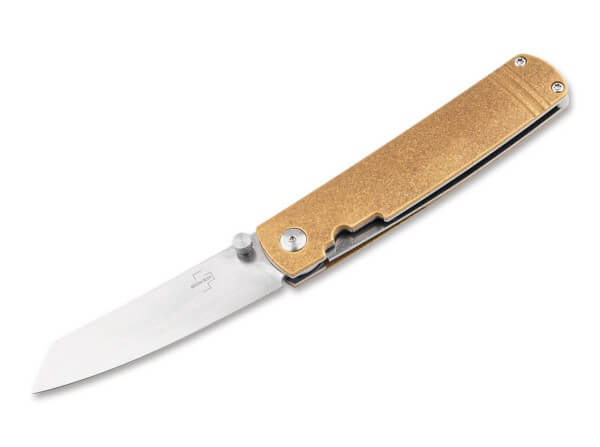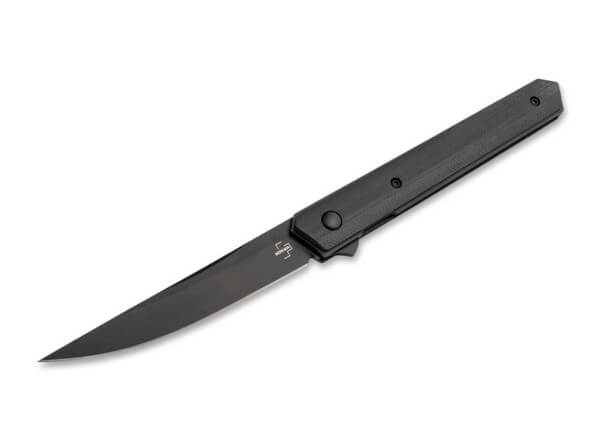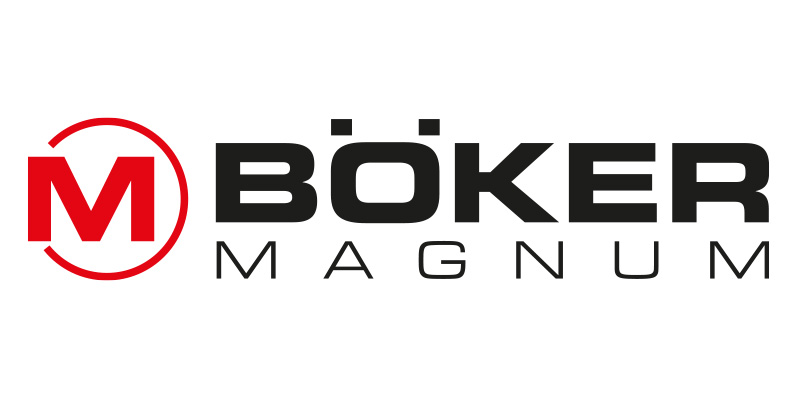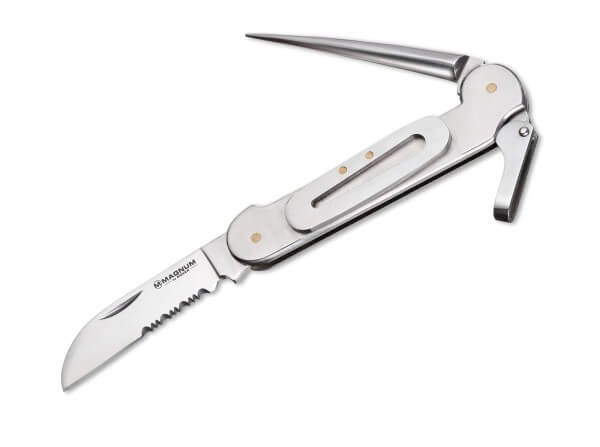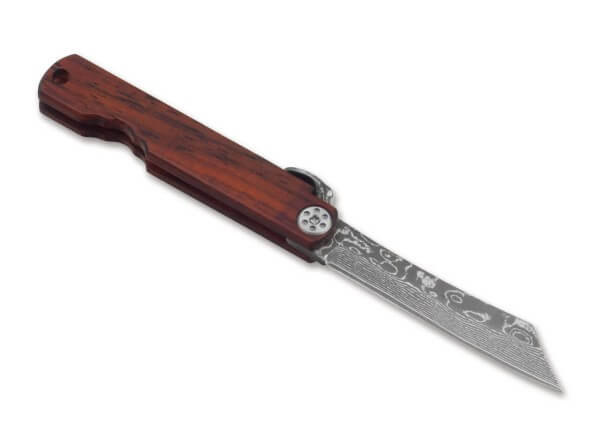* Sales tax and shipping costs will be charged separately.
Not available
- Brand: Higo
- Type: Pocket Knives
- Overall Length: 6.50 in
- Blade Length: 2.95 in
- Blade Thickness: 0.10 in
- Weight: 1.41 oz
- Blade Material: Damascus
- Handle Material: Brass
- Opener: Friction
- Opening: Manual
- Lock Type: Friction Folder
- Made in: Asia
- Item Number: 01PE311
Higo
The first Higonokami knives were made as early as 1896 in the Japanese town of Miki. After the last samurai were forbidden to carry swords in public, many blacksmiths started to make knives. Higo no Kami was then an honorary title for especially powerful samurai, and it quickly became the name for the knives produced there. Since then the construction of the classic Higo has hardly changed. The handle is usually made of one piece of folded metal, the knife is opened by a lever (Chikiri) on the back of the blade. By pressing the lever while holding the knife, the blade is kept open.
The first Higonokami knives were made as early as 1896 in the Japanese town of Miki. After the last samurai were forbidden to carry swords in public, many blacksmiths started to make knives.... more
